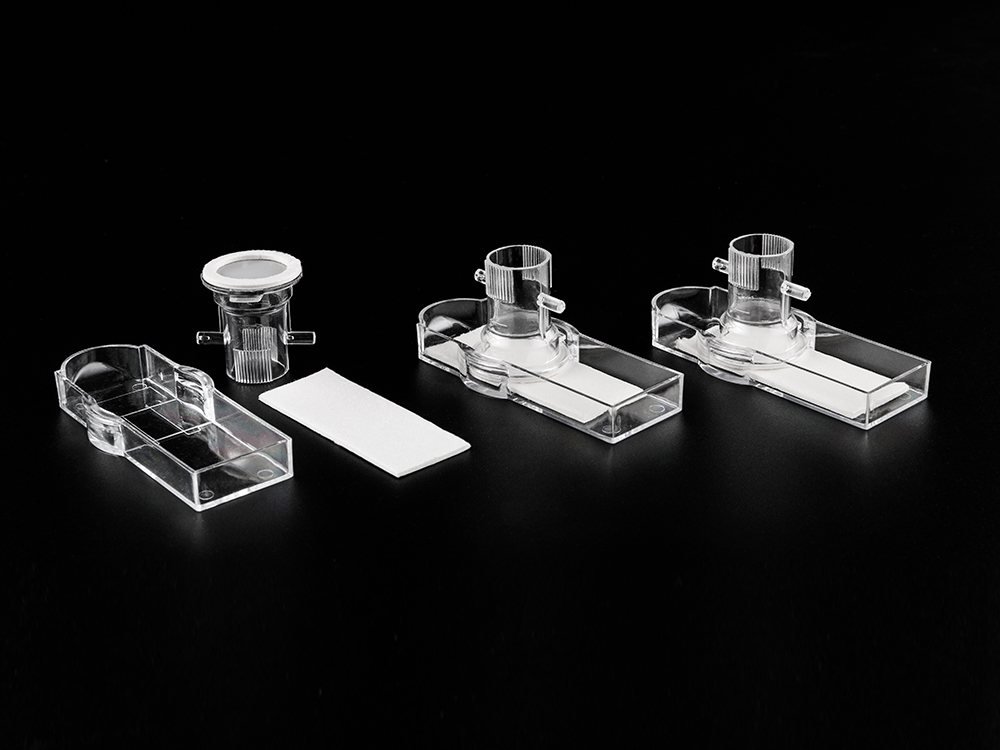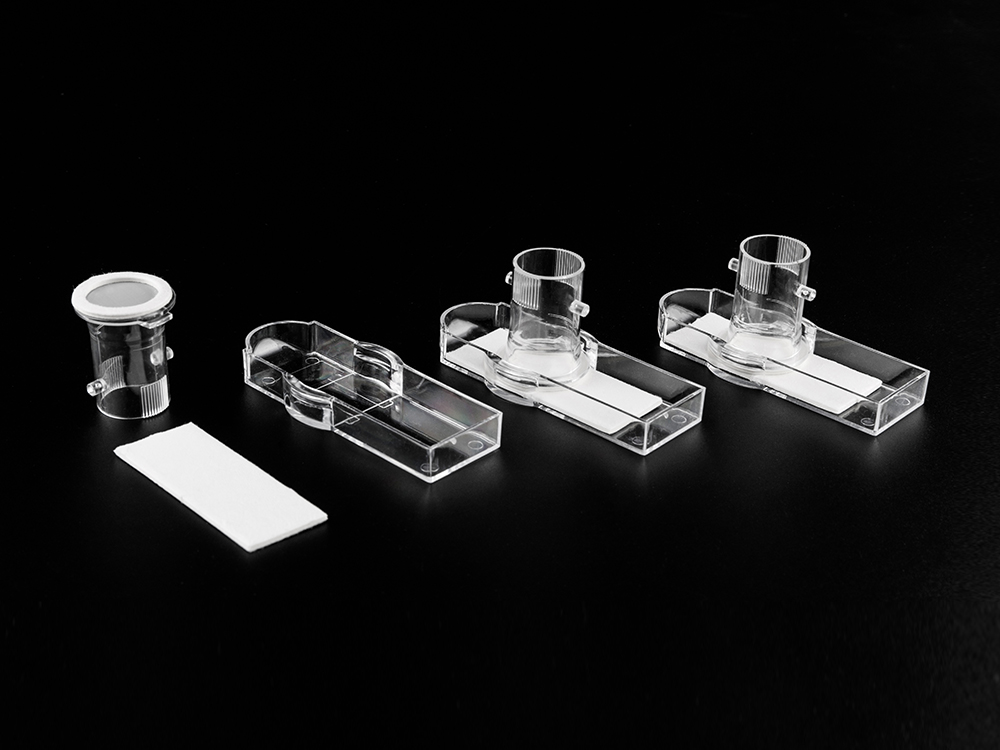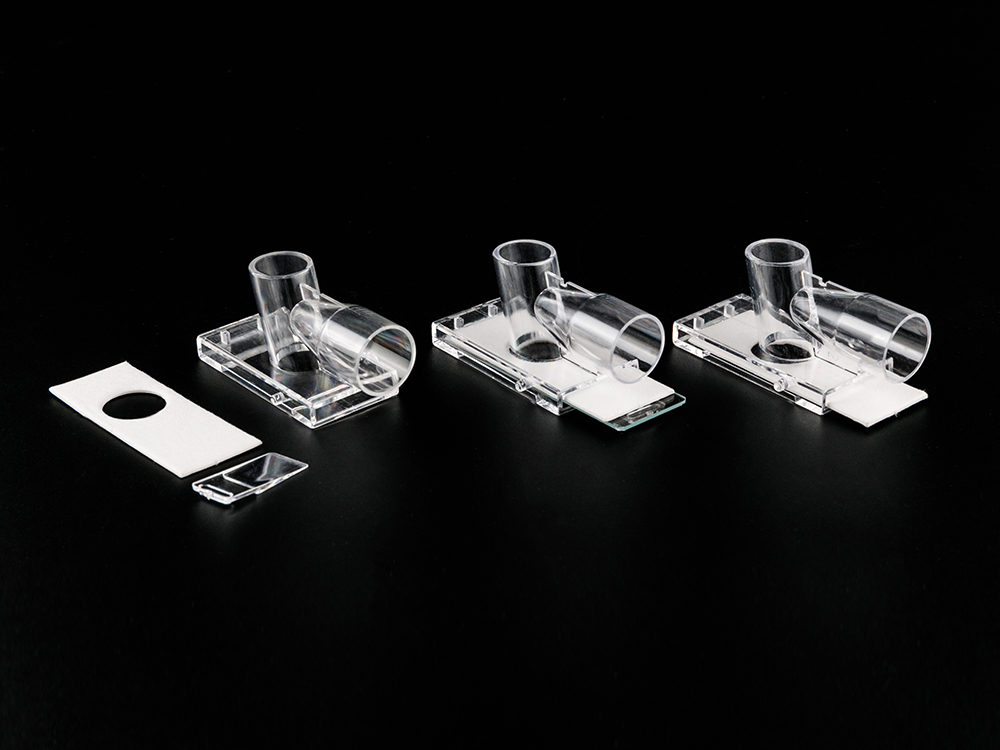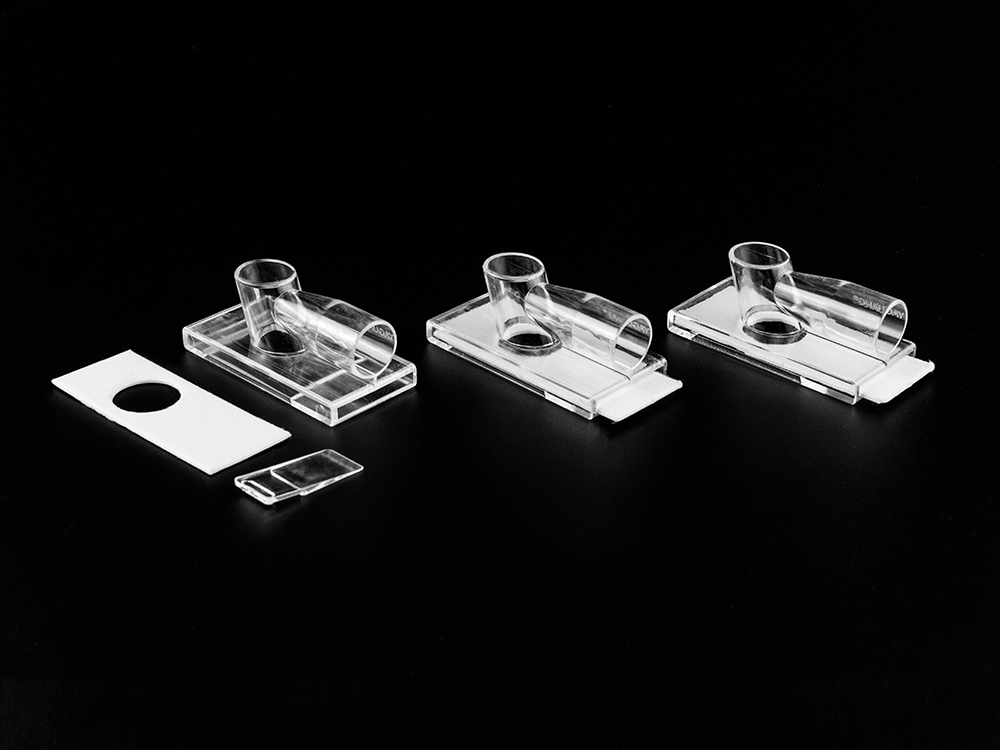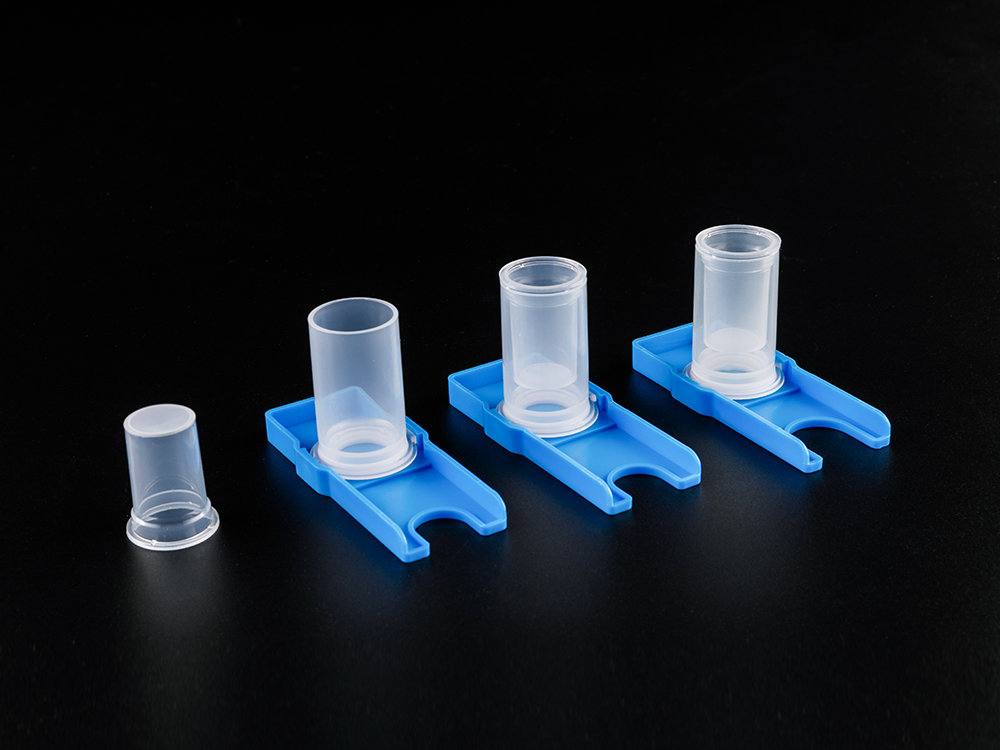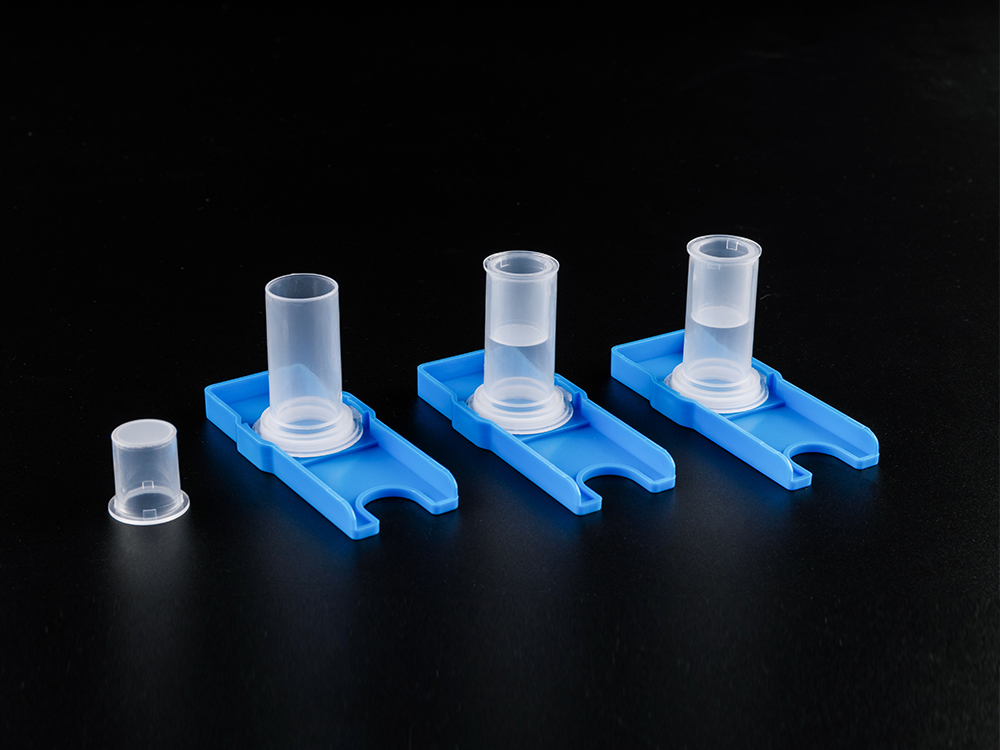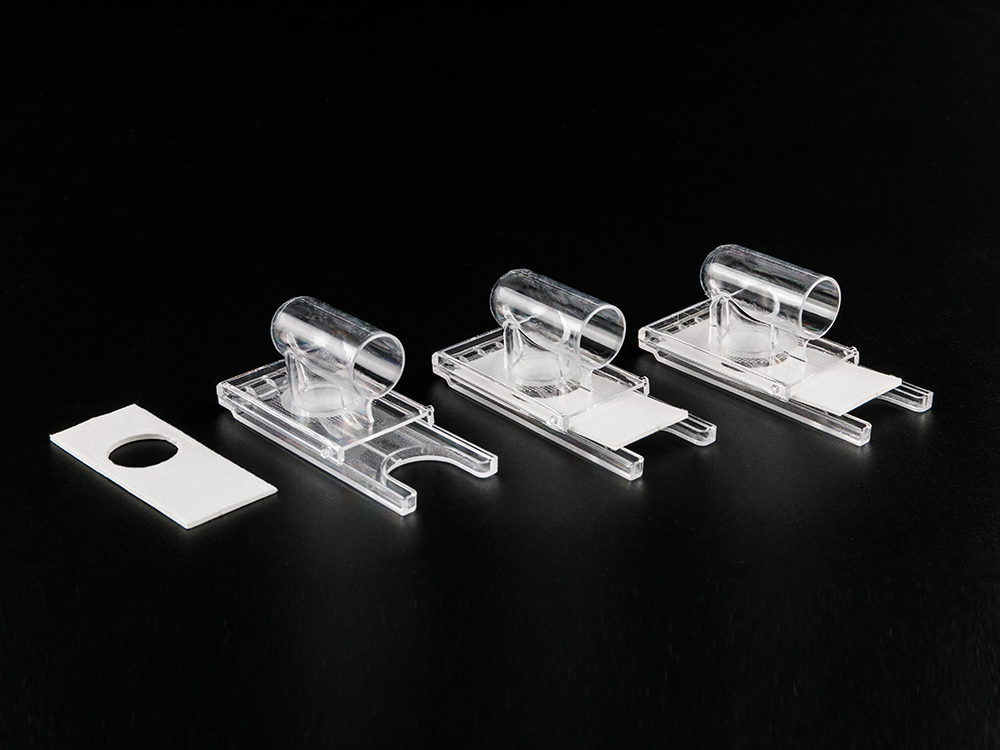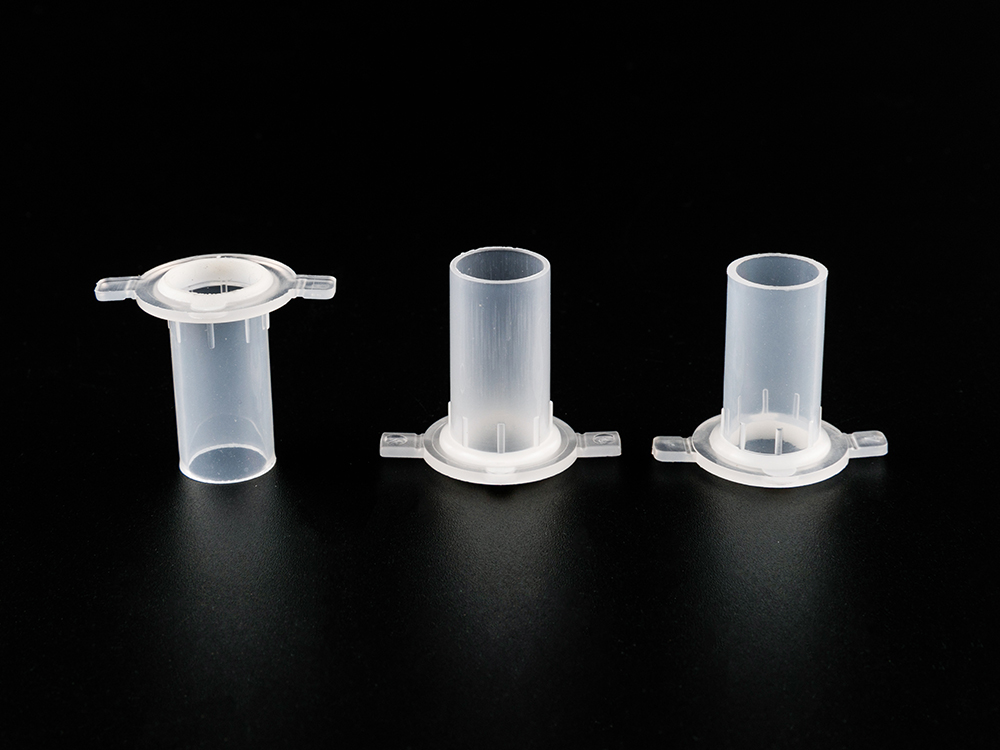Laboratory research and experiments demand accuracy, consistency, and contamination-free procedures. The 200µL PP Pipette Tips for manual and electronic pipettes have become an essential accessory in achieving these goals.
What Are 200µL PP Pipette Tips?
200µL PP Pipette Tips are laboratory consumables designed for use with manual and electronic pipettes. Made from high-quality polypropylene (PP), these tips offer chemical resistance, durability, and consistent volume transfer. Compatible with a wide range of pipette brands and models, they allow researchers to measure and dispense liquids with exacting accuracy. The 200µL volume range makes them ideal for many common laboratory tasks, including molecular biology, biochemistry, and clinical testing.
These pipette tips are engineered for both manual pipettes and electronic pipettes, ensuring adaptability across various laboratory setups. Their design allows for smooth liquid uptake and dispensing while minimizing liquid retention, which is critical for achieving reproducible experimental results.
Key Features of 200µL PP Pipette Tips
| Feature | Description |
| Material | High-quality polypropylene (PP) for chemical resistance and durability |
| Volume Capacity | 200µL, ideal for molecular biology, clinical assays, and biochemical experiments |
| Compatibility | Works with manual and electronic pipettes from various brands |
| Precision | Engineered for consistent liquid uptake and dispensing |
| Sterility Options | Available sterile and non-sterile to meet different experimental requirements |
| Racks Available | Provided in racks or bulk packaging for organized and convenient use |
| Reduced Aerosol Contamination | Low-retention design minimizes sample carryover and contamination |
Advantages of Using 200µL PP Pipette Tips
The 200µL PP Pipette Tips offer several advantages over traditional pipette tips. First, their precision engineering ensures accurate volume transfer, which is essential in sensitive experiments such as PCR, ELISA, and enzyme assays. The PP material’s chemical resistance allows for use with a wide range of reagents, including strong acids, bases, and organic solvents.
The tips are designed with a low-retention surface, which reduces liquid adhesion and ensures complete sample dispensing. This feature is particularly important in experiments where every microliter counts. Additionally, the tips fit snugly onto pipette shafts, preventing leaks and ensuring smooth operation with both manual and electronic pipettes.
Applications of 200µL PP Pipette Tips
The 200µL PP Pipette Tips are widely used in laboratories across multiple disciplines:
Molecular Biology: Accurate pipetting of DNA, RNA, enzymes, and buffers for PCR, qPCR, and other assays.
Clinical Diagnostics: Handling of blood, serum, or other patient samples in diagnostic testing.
Pharmaceutical Research: Precise dispensing of reagents and compounds in drug development and testing.
Biochemistry: Preparation of enzyme reactions, protein assays, and metabolite studies.
Food and Environmental Testing: Measuring liquid samples for contaminant analysis or quality control.
The adaptability of 200µL PP Pipette Tips to both manual and electronic pipettes allows laboratories to maintain workflow flexibility while ensuring consistent performance across diverse applications.
Sterility and Contamination Prevention
Maintaining sterile conditions is critical in many experiments. The 200µL PP Pipette Tips are available in both sterile and non-sterile forms. Sterile tips are typically gamma-irradiated or autoclaved, ensuring that they are free from microbial contamination. This feature is particularly valuable in molecular biology experiments, cell culture work, and clinical assays where contamination can compromise results.
In addition, many 200µL PP pipette tips are designed with filtered options. These tips contain a barrier that prevents aerosols and liquids from entering the pipette shaft, reducing the risk of cross-contamination. This protection is crucial when working with highly sensitive samples or hazardous materials.
Design and Ergonomics
The 200µL PP Pipette Tips are designed for ease of use and ergonomic compatibility. Their conical shape allows easy attachment to pipette shafts, and smooth walls ensure consistent liquid handling. The tips are lightweight, reducing hand fatigue during repeated pipetting tasks.
Racks are often provided for organized storage and convenient access, allowing laboratory personnel to maintain a clean and efficient workspace. Some racks are autoclavable, enabling repeated sterilization without compromising tip integrity.
Compatibility With Manual and Electronic Pipettes
One of the primary advantages of the 200µL PP Pipette Tips is their broad compatibility. They fit manual pipettes, where consistent plunger resistance ensures accurate aspiration and dispensing. For electronic pipettes, these tips accommodate automated liquid handling with smooth, leak-free operation, improving efficiency in high-throughput laboratories.
The tips’ universal design ensures they work reliably with a variety of pipette brands, eliminating the need to stock multiple types of tips for different devices. This standardization reduces costs and simplifies laboratory management.
Why Laboratories Rely on 200µL PP Pipette Tips
The combination of accuracy, chemical resistance, sterility options, and compatibility makes the 200µL PP Pipette Tips an essential tool in modern laboratories. They allow researchers to handle liquids safely, consistently, and efficiently. Whether performing routine sample preparation or complex molecular experiments, these tips ensure that results are reproducible and contamination-free.
The 200µL PP Pipette Tips also support sustainable laboratory practices. Their durable polypropylene construction allows safe disposal, and some suppliers offer recyclable tip options to reduce environmental impact while maintaining performance.
The 200µL PP Pipette Tips for manual and electronic pipettes have become indispensable in modern laboratories, providing precision, versatility, and reliability across a wide range of scientific disciplines. By ensuring accurate liquid handling and minimizing contamination risks, these tips help researchers achieve consistent and reproducible experimental results.


 中文简体
中文简体 English
English Español
Español Deutsch
Deutsch عربى
عربى
